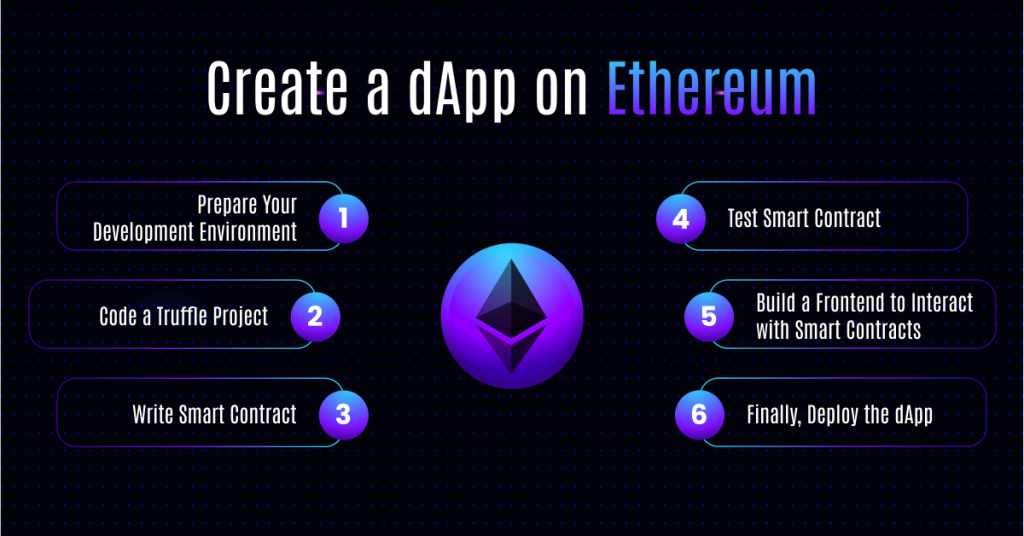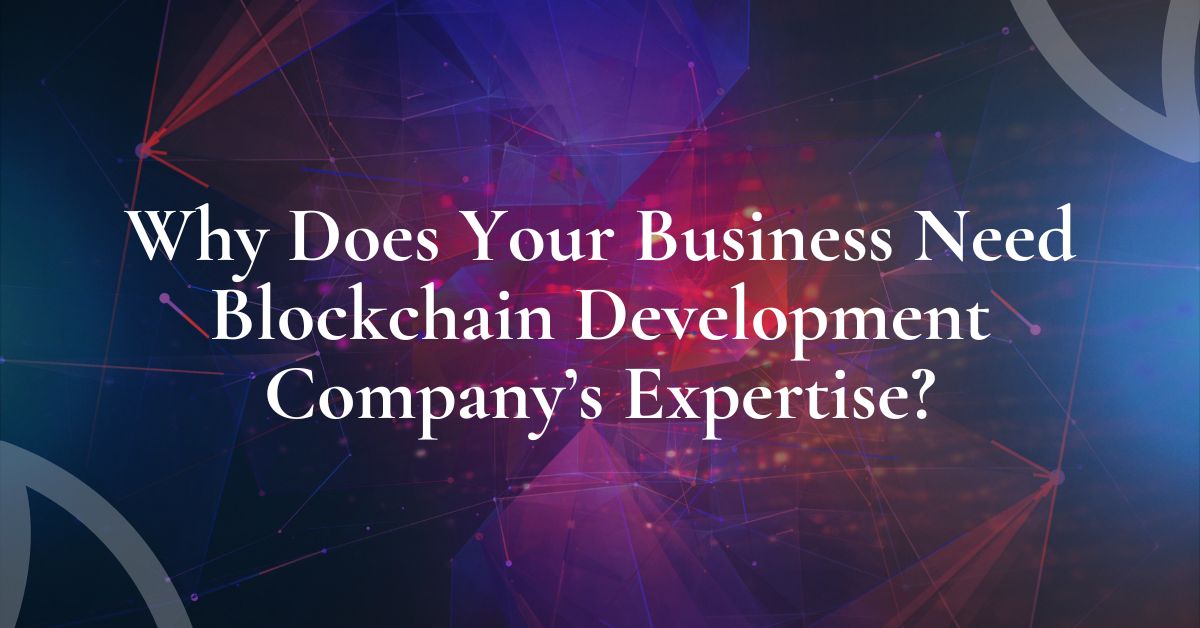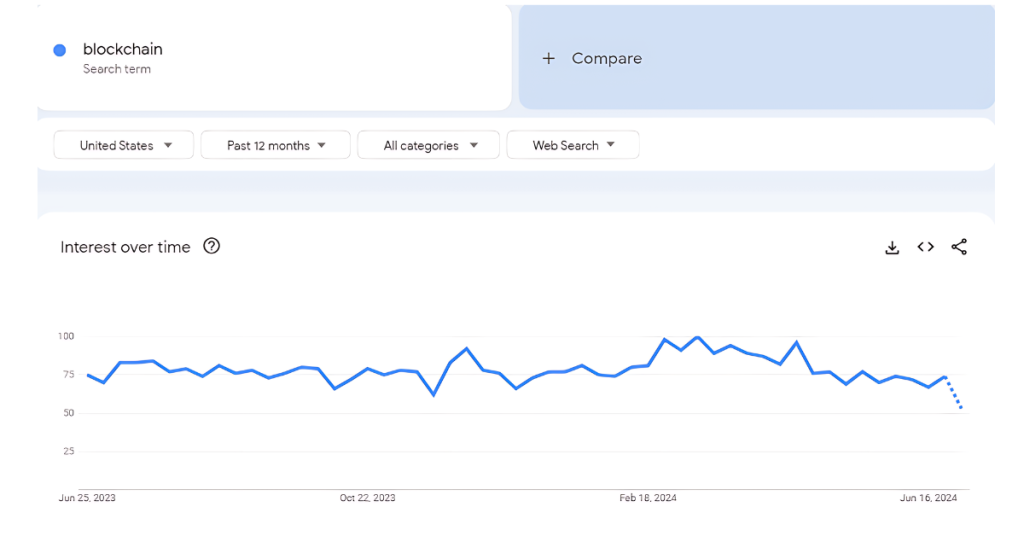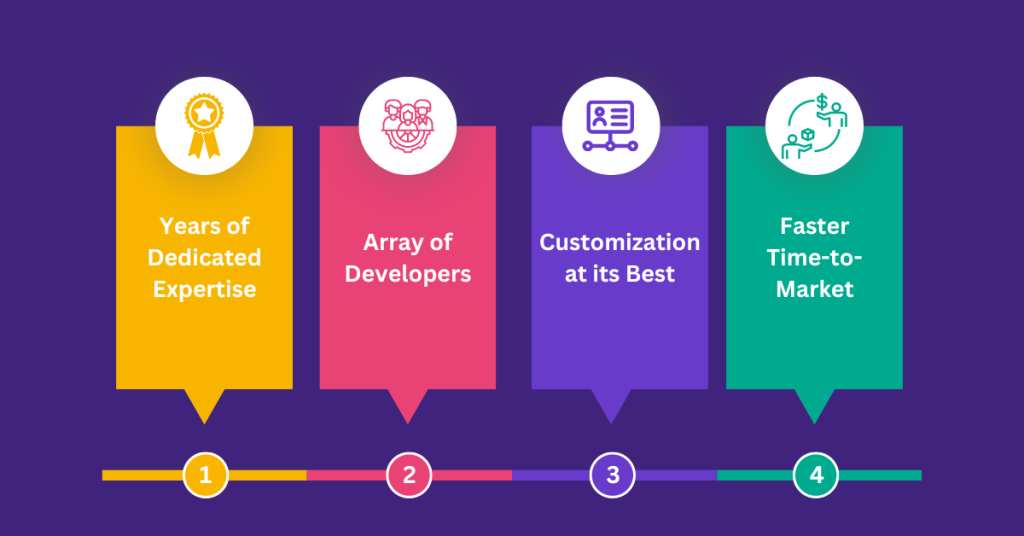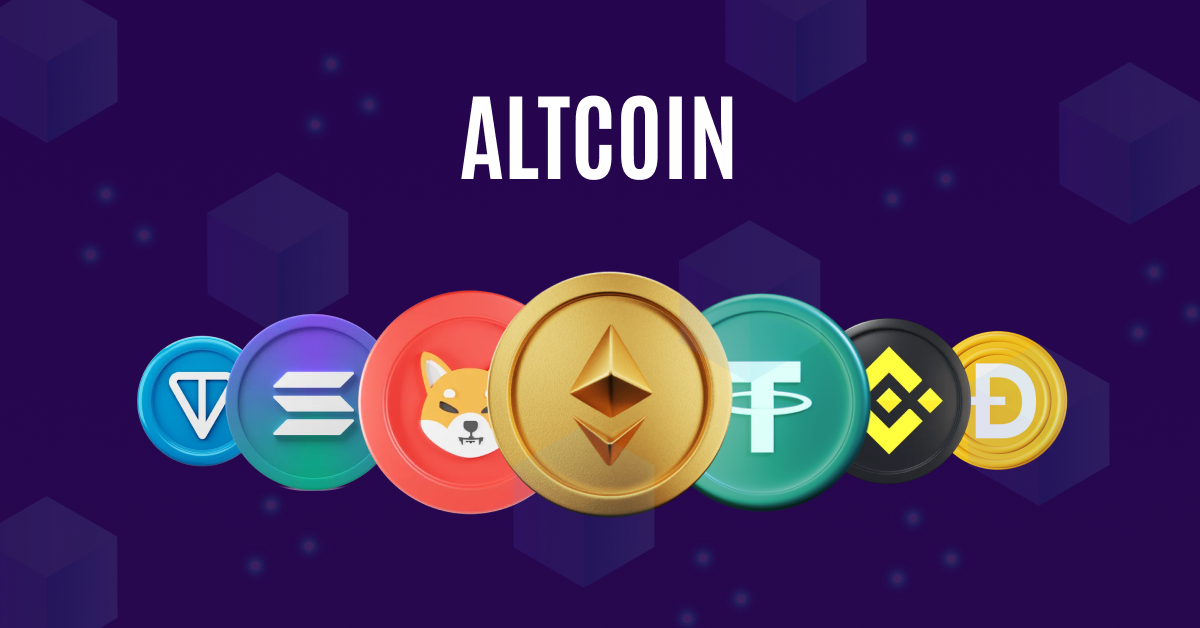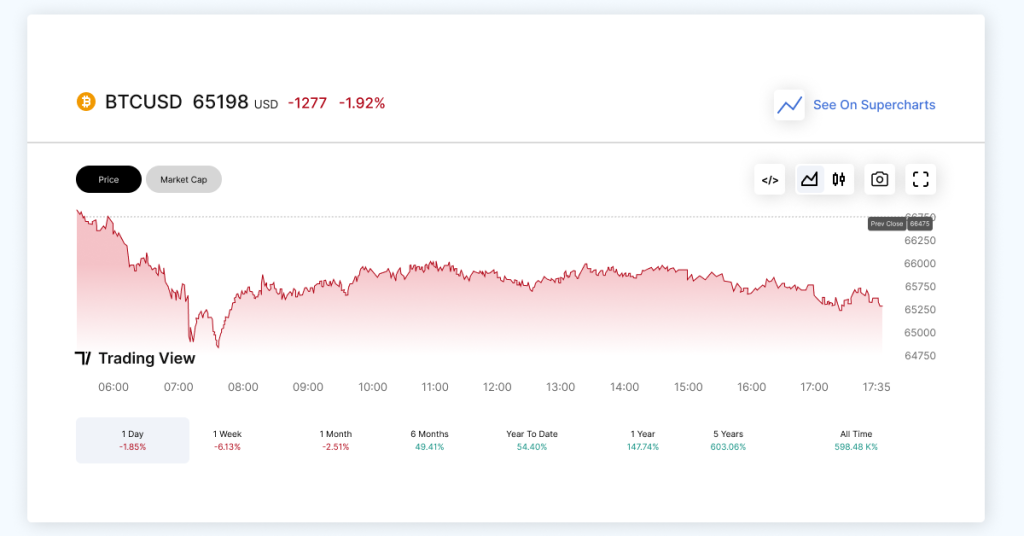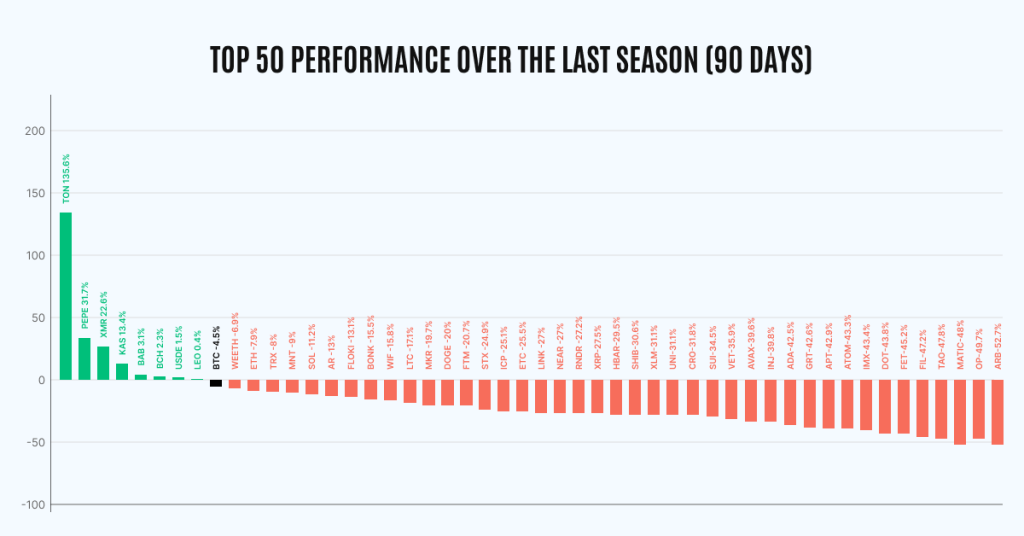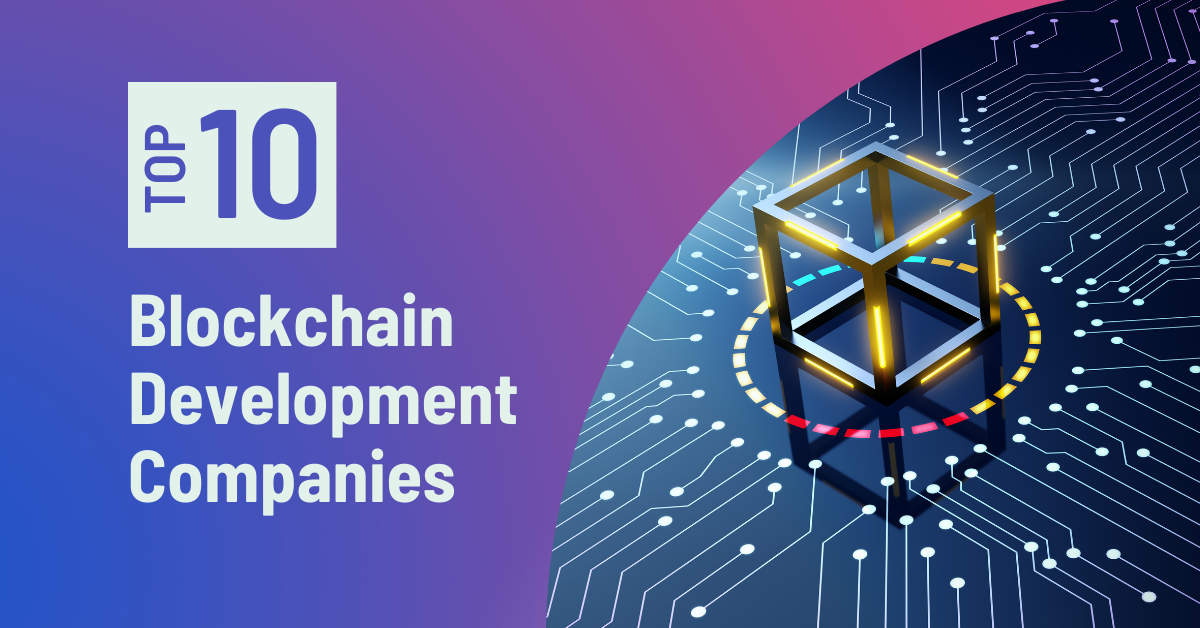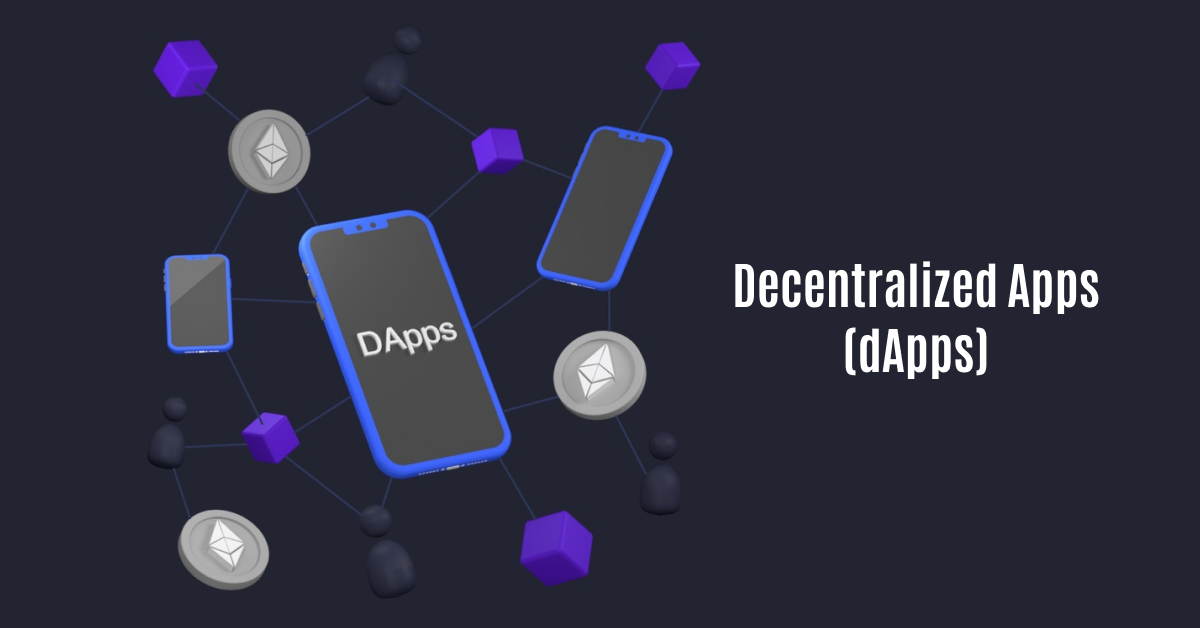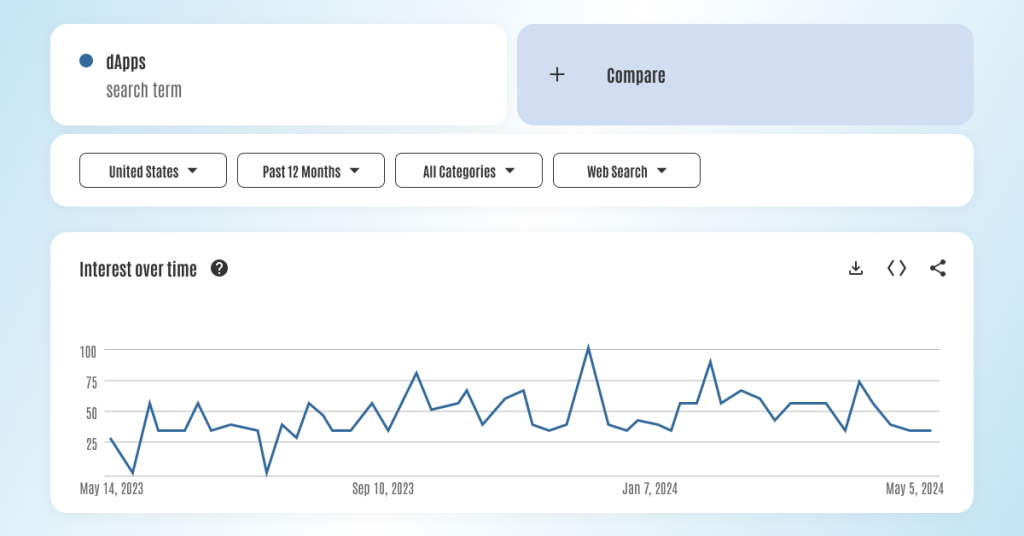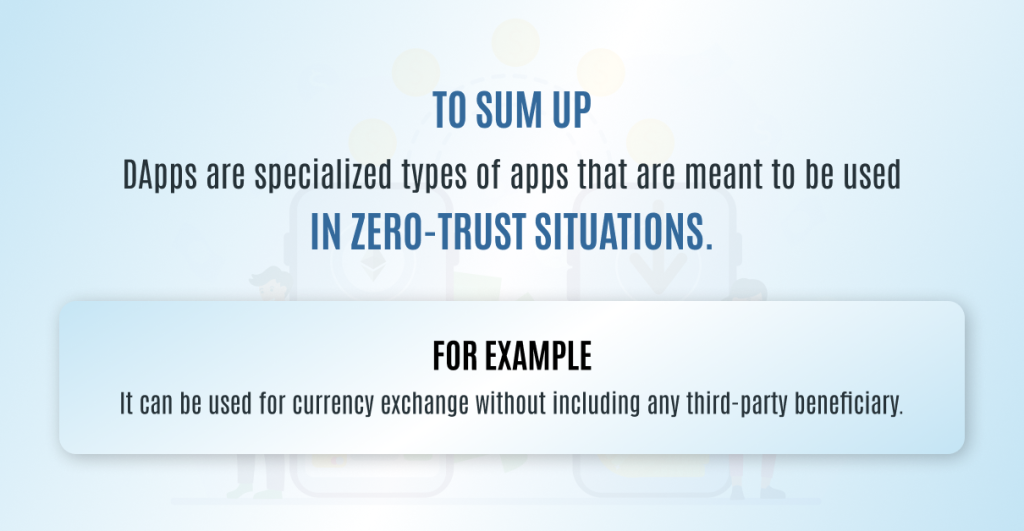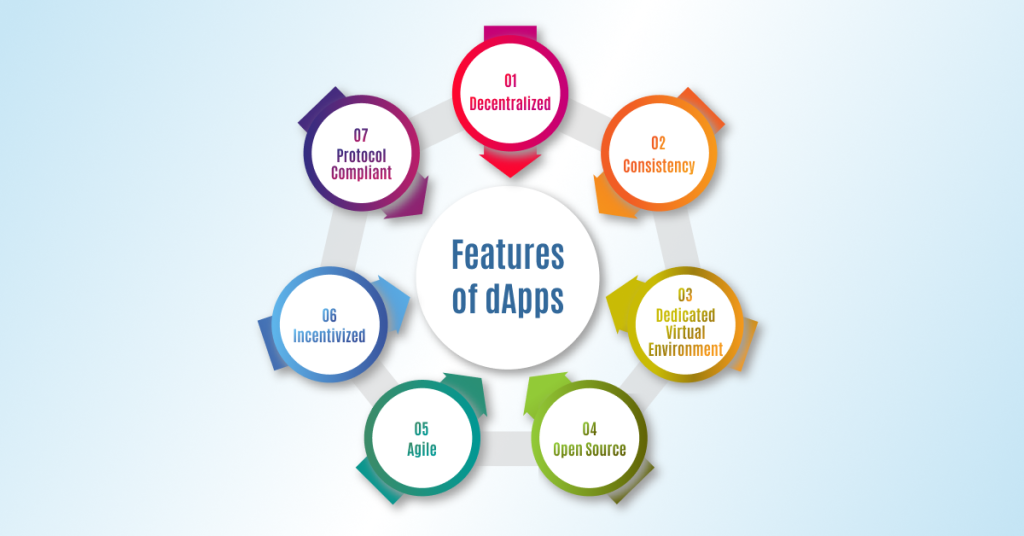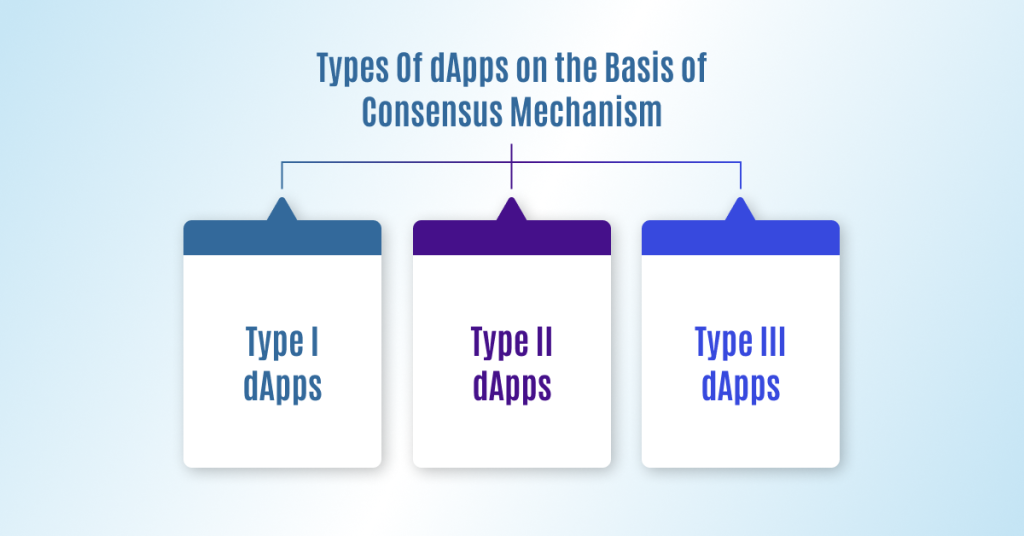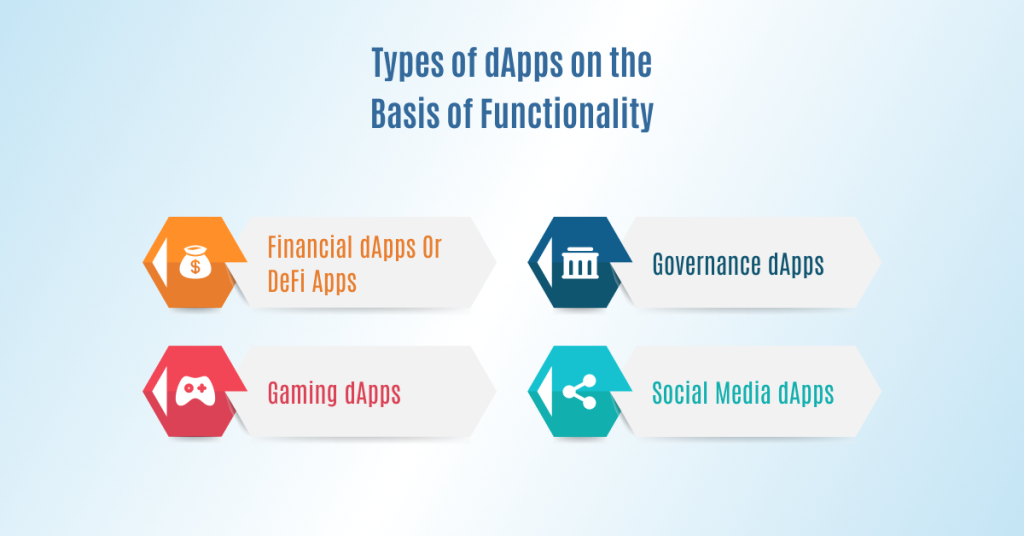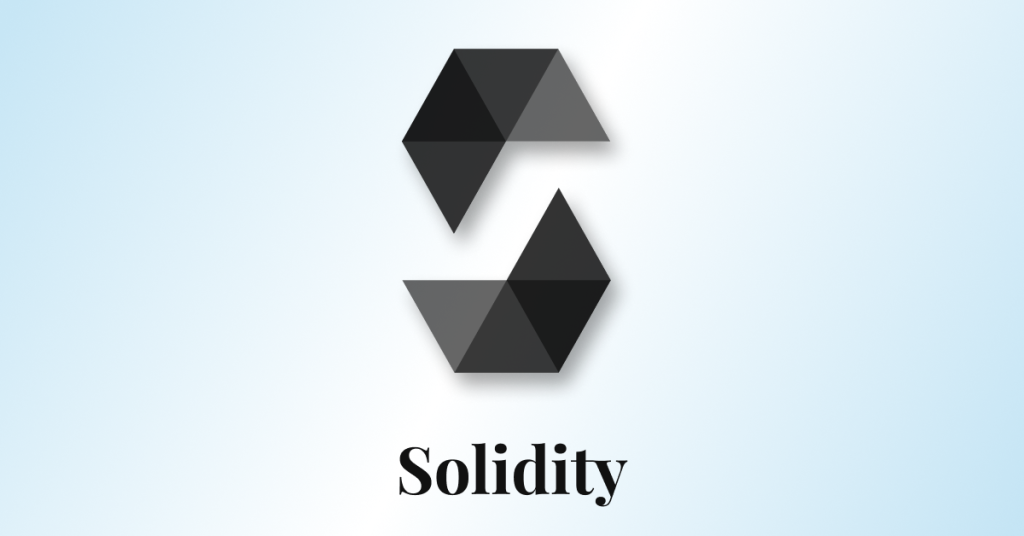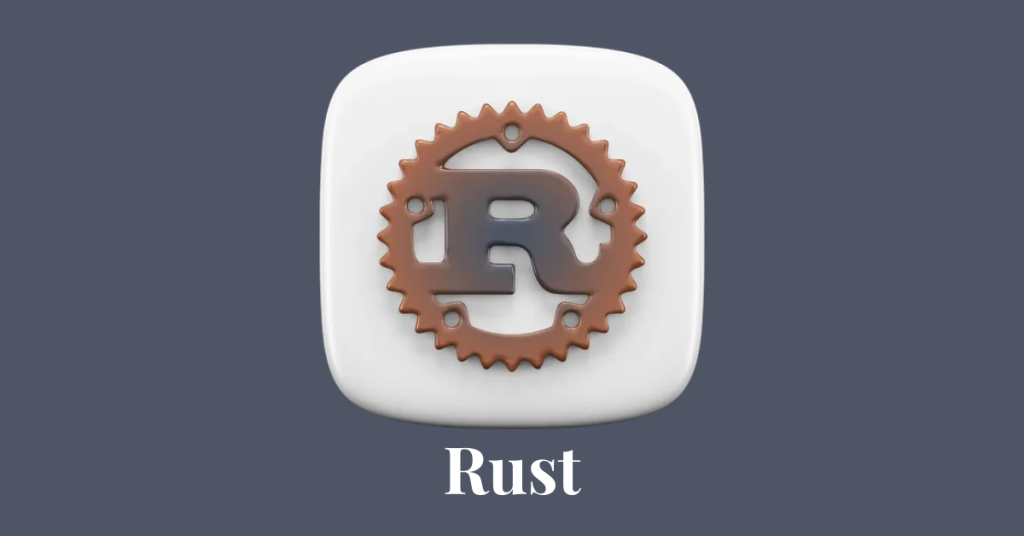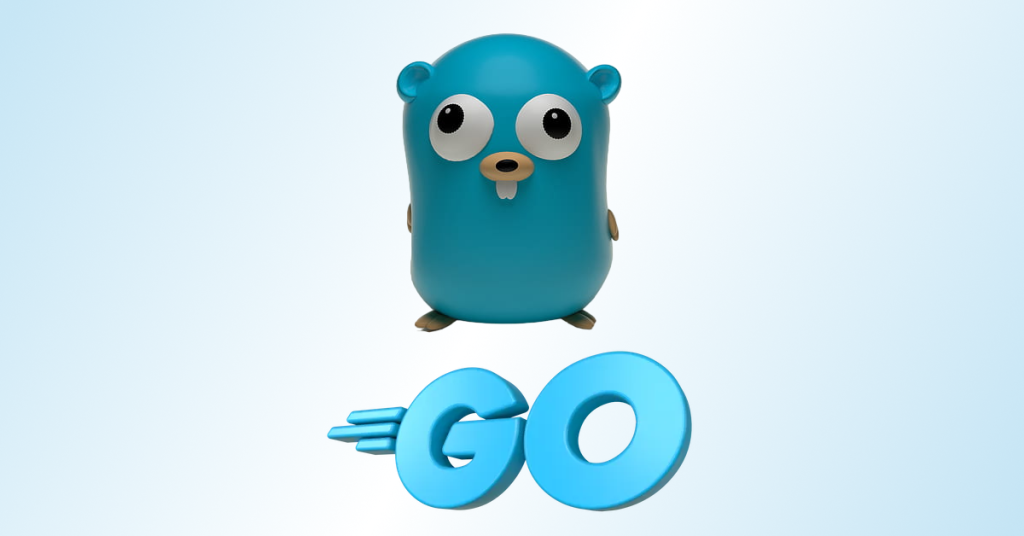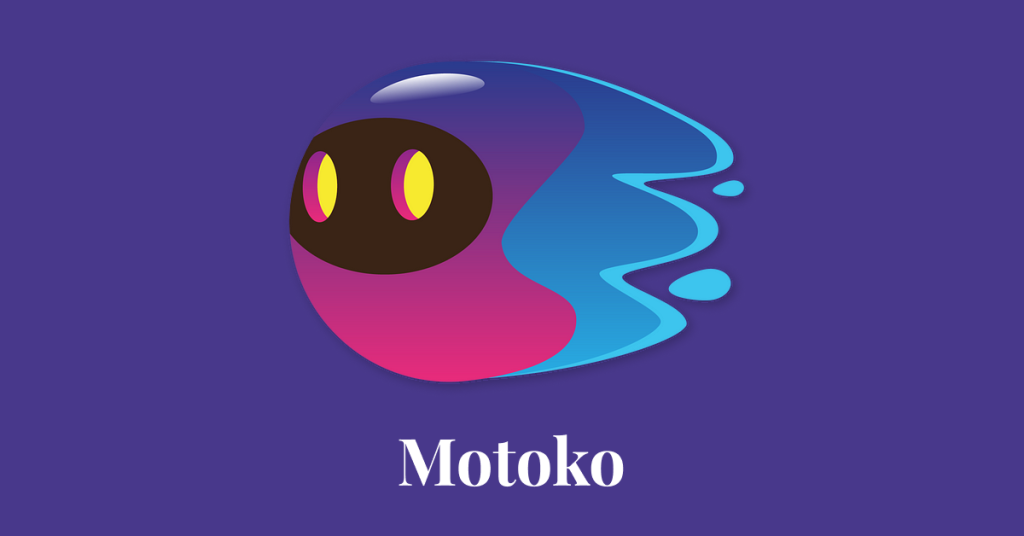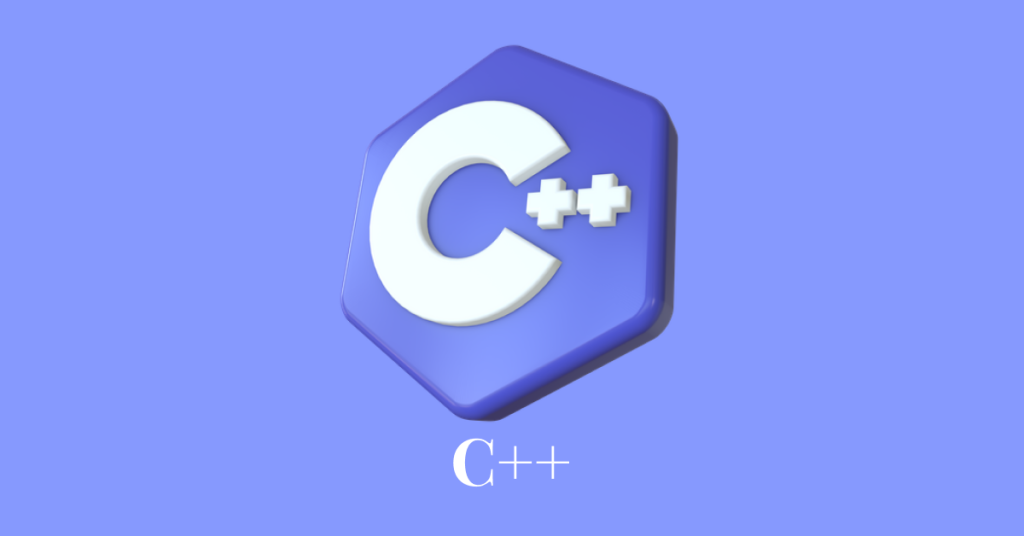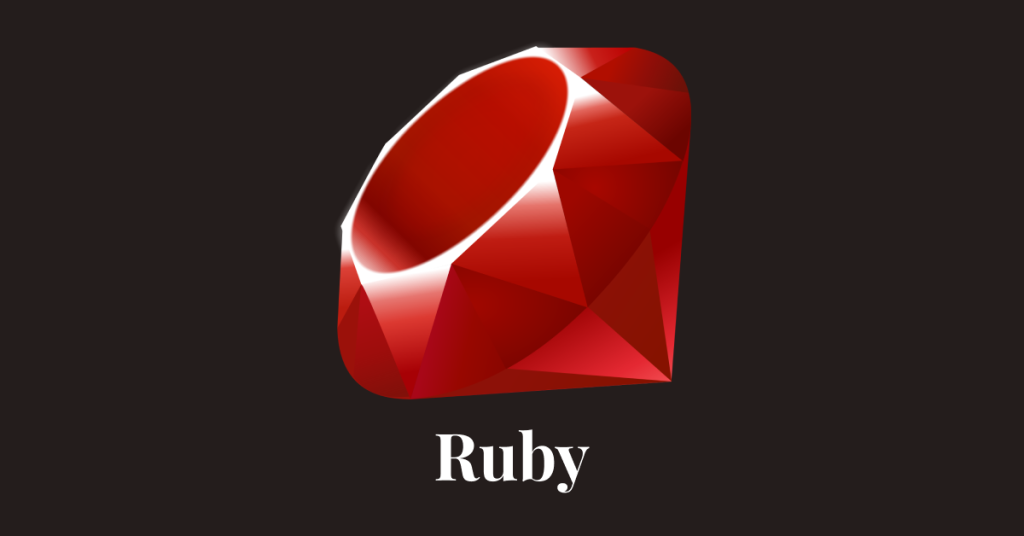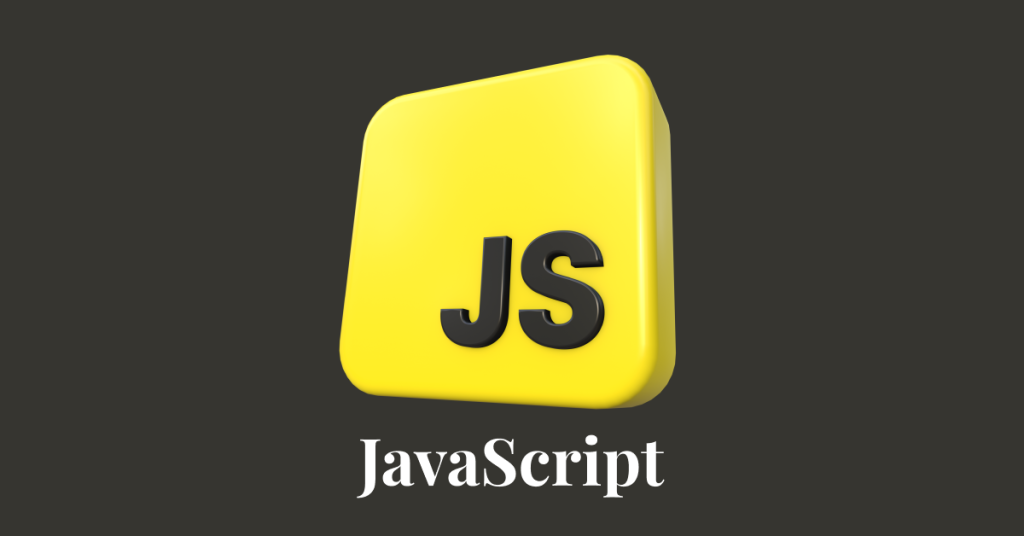In the fast-paced world of digital currency, the rise of cryptocurrencies has opened up vast opportunities for innovation and investment. At the heart of this revolution lies the expertise of a Cryptocoin Development Company specializing in the creation, management, and enhancement of blockchain technologies. As the demand for unique and efficient crypto solutions continues to grow, businesses and entrepreneurs are increasingly turning to these specialized firms to navigate the complexities of the crypto landscape. In this article, we will delve into the essential services offered by Cryptocoin Development Companies, highlighting their pivotal role in shaping the future of finance and technology. Join us as we explore the transformative impact of these firms and what they can offer in our ever-evolving digital ecosystem.
Understanding the Importance of Cryptocoin Development Services
Today, cryptocoins and blockchain technology are key in our digital world. As more people use decentralized finance, the need for cryptocoin development services grows. These services help create unique cryptocurrencies and ensure they are secure. By choosing a professional crypto development company, businesses can meet market demands and follow rules. This builds trust and reliability. When starting a crypto project, picking the right partner is key. A good crypto development company knows how to design and deploy digital assets. They understand what the market wants and the challenges ahead.
The development process is complex, involving smart contracts and more. Working with experts helps avoid problems and gets products to market faster. This puts businesses ahead in the cryptocurrency world. The crypto market is always changing needing constant innovation. Companies must keep up with new technologies and trends. A dedicated crypto development service helps with this, keeping clients ahead in the blockchain world. By being innovative, businesses can meet user needs and adapt to changes. This keeps them strong in the market.
In short, cryptocoin development services are crucial for businesses in the digital currency world. Working with a reliable company helps navigate the complex world of digital assets. This partnership is key for success and growth in the digital economy.
Factors to Consider When Selecting a Cryptocoin Development Company
Choosing the right cryptocoin development company is vital for businesses. The blockchain world is constantly changing, with many firms offering different services. Look at the company’s experience and success stories to see if they understand the challenges of creating cryptocurrencies. It’s also important to check the range of services they offer. A good company should handle everything from coin development to setting up exchanges. They should also keep up with the latest blockchain technology to ensure a secure product.
Scalability and customization are also key. A company that can adapt to your specific needs is best. Discuss your project’s goals to see if they can meet your requirements. Also, consider their support and maintenance services after launch. While cost is important, don’t just look for the cheapest option. Quality development services may cost more upfront but save money in the long run. Finding a balance between quality, expertise, and budget is essential for a successful partnership. Here is the list of factors that need to consider when selecting the Cryptocoin development company-

Experience and Success Stories
- Look at the company’s history and previous projects.
- Check if they understand the challenges of creating cryptocurrencies.
Range of Services
- Assess the variety of services they offer, from coin development to setting up exchanges.
- Ensure they keep up with the latest blockchain technology for a secure product.
Scalability and Customization
- Ensure the company can adapt to your specific needs.
- Discuss your project’s goals to see if they can meet your requirements.
Support and Maintenance
- Consider their support and maintenance services after the launch.
Cost and Quality Balance
- Don’t just look for the cheapest option; quality services may cost more initially but save money in the long run.
- Find a balance between quality, expertise, and budget for a successful partnership.
Evaluating the Expertise and Experience of Cryptocoin Development Providers
Choosing the right Cryptocoin Development Company is key for your project’s success. The crypto market is always changing. It’s important to look at a provider’s skills and experience. They need to know a lot about the tech and the market. Look at their past work, what clients say, and their range of skills. This will show you what they can do.
Experience matters a lot in crypto development. A company with a lot of experience can spot problems and find new solutions. Ask about the tech they use and the team’s skills. Looking at past projects can give you insight. Case studies and whitepapers show how they work. A company that shares its work is more trustworthy.
Trade publications and online reviews are also helpful. They tell you about the company’s reputation in the industry. Choosing the right company takes time and effort. Focus on their skills, experience, and past work. This will help your project succeed in a fast-changing market.
Key Questions to Ask When Hiring a Cryptocoin Development Company
Hiring a Cryptocoin development company is a big decision. They can help bring your idea to life and guide you through development. Ask the right questions to find the right company for your project.
- Start by asking about their experience. Ask for examples of projects they’ve done. This shows if they can handle your project. Also, ask about the tech they use. Different projects need different tech. This helps you see if they can meet your project’s needs.
- Security is also important. Ask how they handle security. This shows if they’re ready for potential problems. Good communication is key. Ask how they manage projects and keep you updated. A clear communication plan helps your project stay on track.
- Finally, ask about support after the project is done. The crypto world changes fast. Having a reliable partner for support is important.
- Understanding their pricing is also important. Ask for a detailed cost breakdown. This helps you budget and avoid surprises.
By asking these questions, you can find a Cryptocoin development company that meets your needs. They can help make your vision a reality.
Comparing Pricing Models and Services Offered by Cryptococoin Developers
The crypto market is growing fast. More companies are offering solutions and apps. They have different pricing models to fit different needs. It’s important to understand these models. Each has its own benefits and drawbacks. Knowing this helps you choose the right option for your project. Fixed-price contracts are popular among startups and small businesses. They offer budget predictability. Clients know the total cost upfront, making finance management easier. However, any changes in the project can lead to extra costs or delays.
Hourly billing gives clients flexibility. They can scale projects as needs change. But, it can lead to budget overruns if not watched closely. Contingent pricing, based on project outcomes, aligns incentives. It can foster strong partnerships but requires an understanding of project success. Cryptocoin Development Companies offer a wide range of services. They include blockchain consulting, token development, and security audits. Some specialize in areas like DeFi or NFTs. This can be good for specific needs but might limit flexibility in other projects. Choosing the right Cryptocoin Development Company is crucial. Businesses need to consider pricing models and services. They should look at their needs, budget, and project scope. This ensures they find a developer that meets their technical needs and fits their vision.
Ensuring Security and Compliance with Your Cryptocoin Development Project
Ensuring security and compliance in cryptocoin development is key. Working with a reputable company can help avoid legal and cyber risks. They have the knowledge to follow legal rules and add strong security measures. Some of the strong security measures in this development include- Multi-signature wallets, the use of smart contracts, multi-factor authentication, cryptography, etc. Identifying the right regulatory framework is also very important. Laws on cryptocurrencies vary by jurisdiction. A good company will keep up with legal changes and help avoid problems. Regular audits and risk assessments are also important to meet standards and adapt to future changes.

Security is vital for your blockchain solution’s success. Cyber threats are common in the digital currency world. Using encryption, smart contract audits, and secure coding can protect your cryptocoin. A seasoned company will implement these strategies to make your project more resilient. Security and compliance are essential for trust with users and investors. By focusing on these, you set your project up for success and sustainability. Working with a skilled cryptocoin development company can give you the knowledge and resources to thrive in a competitive market.
Examining Past Projects and Client Testimonials of Cryptocoin Development Companies
Looking at a Cryptocoin Development Company’s past projects and testimonials is important. A portfolio of successful projects shows their technical skills and experience. It highlights their ability to handle blockchain challenges. Each project in the portfolio can show the company’s approach to custom solutions. It can reveal their innovation, efficiency, and ability to meet specific needs. By analyzing these projects, potential clients can understand the company’s capabilities. Client testimonials are key when picking a Cryptocoin Development Company. They give a real look at how the company works, communicates, and meets client needs. Good feedback shows the company is reliable and meets expectations. Bad feedback might warn of potential problems.
Reading these testimonials helps you understand the company’s reputation. This is important for businesses looking to invest in a cryptocurrency project. It helps you see if the company is right for your needs. A company’s ability to adapt to changing projects is shown in client feedback. The blockchain world changes fast. A good company stays flexible and solves problems well. This means they can handle the challenges of cryptocurrency development.
In short, looking at past projects and testimonials is crucial. It shows a company’s strengths and helps you make a smart choice. This ensures you work with a partner who can handle the complex world of cryptocurrency.
Navigating the Selection Process for Your Ideal Cryptocoin Development Partner
Finding the right partner for your crypto coin project is key to success. The blockchain world changes fast. You need a company that gets the tech and shares your goals. Start by checking the company’s portfolio and experience. Look for projects that match your vision. A good company has a track record of success and can create unique solutions.
Good communication and teamwork are vital. Talk to the company to see if they understand your project. Pay attention to how they share ideas and feedback. This will help the development process. Also, think about the company’s support after the project is done. A good company offers ongoing support for any issues. Make sure they can handle updates and community interactions.
In conclusion, carefully choosing a Cryptocoin Development Company is important. Look at their past work and testimonials. This helps you find a partner who can help your project succeed.
Maximizing Success with Your Chosen Cryptocoin Development Firm
Navigating the landscape of cryptocurrency can be daunting, especially for those aspiring to make their mark in the digital economy. Partnering with a competent Cryptocoin Development Company is crucial to turning visions into reality. These specialized firms not only provide technical expertise in blockchain technology but also bring insights into market trends and user demands. By selecting a firm that aligns with your goals and understands your target audience, you lay the groundwork for a successful project that resonates within the competitive crypto space.
When engaging with a Cryptocoin Development Company, it’s essential to look beyond just the technical capabilities. Communication, transparency, and a collaborative spirit are vital traits that can significantly impact the project’s trajectory. Establishing a strong rapport with the development team ensures that feedback is valued and that the final product aligns with your original vision. Additionally, an experienced firm can offer valuable strategic advice that can sharpen your focus, whether it involves the coin’s utility, branding, or long-term scalability.
Moreover, it is important to evaluate the firm’s portfolio and past projects as a benchmark for their expertise. A reputable Cryptocoin Development Company should demonstrate a track record of successful launches, showing their ability to adapt and innovate. Don’t hesitate to request case studies or testimonials, as these can provide insights into the firm’s problem-solving approaches and project management practices. By choosing a firm with proven success, you can increase your confidence in the development process and potentially avoid common pitfalls that often plague new cryptocurrency ventures.
Ultimately, maximizing the success of your chosen cryptocurrency involves a blend of creativity, sound strategy, and reliable execution. Collaborating with the right Cryptocoin Development Company allows you to leverage their industry know-how, technical prowess, and creative solutions. With the right partner at your side, you can navigate the complexities of development and position your cryptocoins for success in a rapidly evolving market.
Why Choose Deftsoft for Your Cryptocoin Development Needs?
At Deftsoft, we understand that the rapidly evolving cryptocurrency landscape demands innovation, expertise, and a keen eye for emerging trends. Our team of highly skilled developers and blockchain experts is dedicated to providing state-of-the-art cryptocoin development services tailored to your specific needs. With a proven track record of successful projects and satisfied clients, we are well-equipped to handle the complexities of your digital asset ventures.
Our comprehensive suite of services includes everything from initial coin design and smart contract development to exchange integration and ongoing maintenance. We prioritize security, compliance, and scalability, ensuring that your cryptocoins are not only cutting-edge but also robust and reliable. By leveraging the latest advancements in blockchain technology, we help you stay ahead of the competition and achieve your business goals.
Partnering with Deftsoft means more than just technical excellence. We are committed to providing exceptional customer service, transparent communication, and continuous support throughout your project’s lifecycle. Whether you are a startup looking to launch a new cryptocurrency or an established enterprise seeking to enhance your digital offerings, Deftsoft is your trusted partner in the world of cryptocoin development. Let us help you turn your vision into reality and drive your success in the dynamic digital economy.
FAQs: Choosing the Best Cryptocoin Development Company
1. What services do Cryptocoin Development Companies offer?
Cryptocoin Development Companies provide a range of services including initial coin design, smart contract development, blockchain consulting, exchange integration, security audits, and ongoing maintenance to ensure the seamless operation of digital assets.
2. Why is it important to choose a professional Cryptocoin Development Company?
Choosing a professional Cryptocoin Development Company ensures that your cryptocurrency is designed, developed, and deployed with the highest standards of security, scalability, and compliance. This helps build trust and reliability in your digital assets.
3. How do I evaluate the expertise and experience of a Cryptocoin Development Company?
Evaluate their portfolio, client testimonials, and case studies to understand their technical skills and experience. Look for successful projects that align with your vision and consider their knowledge of the latest blockchain technologies and market trends.
4. What factors should I consider when selecting a Cryptocoin Development Company? Consider their experience, range of services, ability to provide scalable and customizable solutions, support and maintenance offerings, and cost. Balancing quality, expertise, and budget is essential for a successful partnership.
5. Why choose Deftsoft for your cryptocoin development needs?
Deftsoft has a proven track record of successful projects and a team of highly skilled developers and blockchain experts. We offer comprehensive services, prioritize security and compliance, and provide continuous support throughout your project’s lifecycle.
6. What sets Deftsoft apart from other Cryptocoin Development Companies?
Deftsoft stands out due to its commitment to innovation, transparent communication, and personalized approach to each project. We leverage the latest advancements in blockchain technology to deliver cutting-edge solutions that drive business growth and success.





